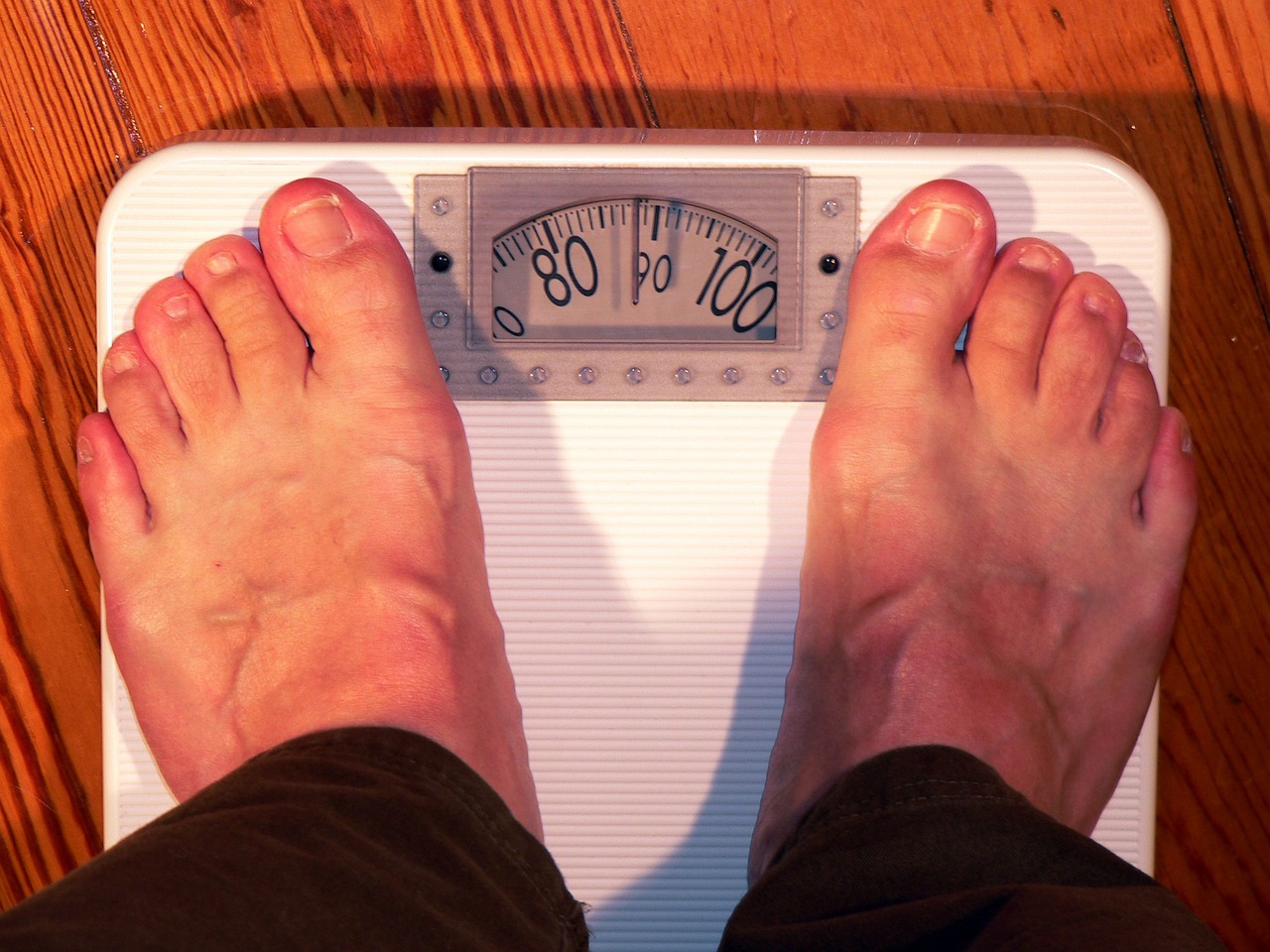The escalating rates of obesity adolescence have become a pressing public health concern across the globe. With the myriad of health implications it brings, understanding its causes and seeking effective preventative measures is of paramount importance. As the saying goes, ‘An ounce of prevention is worth a pound of cure,’ and in the case of obesity, this couldn’t be truer. Through this article, we’ll delve into the repercussions of obesity in adolescents, its causes, and the pivotal role of physical activity in its prevention.
Contents
The Rising Tide of Obesity Adolescence
In recent years, the issue of obesity adolescence has transitioned from a mere health concern to a global epidemic. This alarming trend isn’t confined to specific regions, cultures, or socioeconomic classes; it’s a widespread issue impacting nations rich and poor alike. According to the World Health Organization, over the last four decades, the prevalence of obesity among adolescents has seen a staggering tenfold increase. Such exponential growth is not merely a statistical anomaly; it’s a clarion call for urgent action.
Several factors contribute to this rise. The modern-day lifestyle, dominated by sedentary habits, processed foods, and increased screen time, has created an environment conducive to weight gain. Moreover, urbanisation has led to reduced open spaces for physical activity, while the fast-food culture offers calorie-dense but nutritionally sparse meal options at every corner.
Furthermore, the psychological impact of the digital age cannot be overlooked. With the omnipresence of social media, adolescents face constant exposure to ‘ideal’ body images, leading to stress and, paradoxically, further unhealthy eating habits in some.
The consequences of this rising tide are manifold. Not only does obesity put adolescents at risk for a plethora of health complications, but it also has broader societal implications. The healthcare systems, already stretched, face additional burdens in managing obesity-related ailments. Furthermore, the emotional and psychological toll on adolescents, navigating the challenges of youth while also grappling with obesity, is immeasurable.
In light of these challenges, understanding the root causes, long-term implications, and potential solutions becomes imperative. Only with a comprehensive, multifaceted approach can we hope to turn the tide and ensure a healthier future for the next generation.
Diving into the Effects of Obesity in Adolescence
Understanding the full spectrum of effects of obesity in adolescence is crucial to grasp the gravity of the situation:
Physical Health Concerns: Obesity can pave the way for various ailments like type 2 diabetes, cardiovascular diseases, and even certain types of cancers.
Mental and Emotional Impact: Obesity and depression in adolescence often go hand in hand. The social stigma attached to being overweight can lead to feelings of isolation, low self-esteem, and anxiety.
Academic Implications: Studies have shown that adolescents dealing with obesity often face challenges in school, be it in terms of attendance or academic performance.
Identifying the Causes: What Causes Obesity in Adolescence?
Several factors contribute to obesity adolescence, ranging from lifestyle habits to genetic predispositions:
Dietary Habits: The global shift towards high-calorie, low-nutrient foods has been a significant contributor.
Physical Inactivity: With the rise of technology and screen-based entertainment, the level of physical activity in adolescents has seen a marked decline.
Genetic Factors: While lifestyle plays a significant role, genetics can also influence an individual’s likelihood of becoming obese.
Socioeconomic Factors: Sometimes, limited resources or lack of access to healthy food options can contribute to unhealthy dietary habits.
The Beacon of Hope: How to Prevent Obesity in Adolescence
Prevention is always better than cure, especially when it comes to obesity and adolescence. Here’s how physical activity can be a game-changer:
Regular Exercise: Engaging in at least an hour of moderate to vigorous physical activity daily can work wonders. This can include jogging, swimming, cycling, or even brisk walking.
Strength Training: Under the guidance of a trained professional, adolescents can take up strength training to build muscle and boost metabolism.
Sports Participation: Encouraging adolescents to participate in team sports not only promotes physical activity but also teaches teamwork and builds social skills.
Limiting Screen Time: Reducing the hours spent in front of TVs or computers can indirectly promote more physical activity.
Obesity adolescence is more than just a phase; it’s a severe condition with far-reaching implications. However, with the right interventions, guidance, and emphasis on physical activity, we can hope for a healthier, fitter future for our youth. As parents, educators, and society at large, the onus is on us to pave the way for a brighter, healthier tomorrow.

